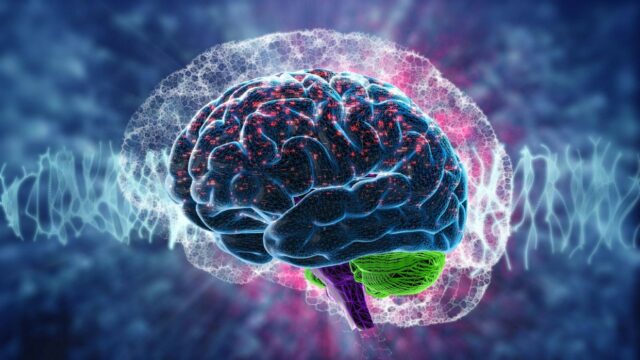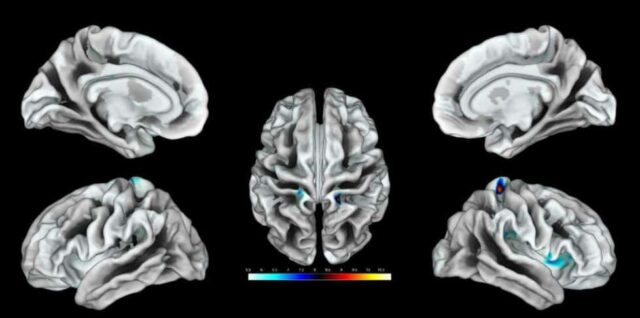For the first time, researchers have managed to define precisely where the representation of the clitoris is located in the brain of women. Their study, published in the scientific journal JNeurosci, also shows that the area of the brain activated during clitoral stimulation is more extensive in women who have more sex. It was done by stimulating the clitoris of 20 women while having an MRI of their brains.
Research to see the area of the brain that corresponds to the clitoris

Does a larger area allow you to better perceive the sensations? Is it the size of this area that prompts you to have more sex, or does having frequent intercourse make it grow larger? These are questions that are impossible to answer at the moment, the researchers say. However, this study could help develop better treatments for people who have experienced sexual violence or who have sexual problems.
“The way in which the female genitalia are represented in the human somatosensory cortex is very little studied,” Christine Heim, a professor of medical psychology at the Charité University Hospital in Berlin, who co-authored the study. “And this lack of knowledge has held back research on both standard sexual behaviors and pathological conditions,” she added.
Body map

When a part of the body is affected, neuronal activity in the somatosensory cortex is activated. And each part of the body corresponds to a different area of the brain, forming a kind of body map. However, until now, the precise location of the female genitalia on that map remained a matter of debate.
Previous studies had located it sometimes under the representation of the foot, others near the hip. The reason: imprecise stimulation techniques (own or by a third party) that caused the simultaneous friction of other parts of the body, or triggered arousal, obscuring the results.
In 2005, using a technique that mimicked a highly localized tactile sensation, researchers were able to determine the precise location of the representation of the male genitalia in the brain. But this had not yet been done in women.
The experiment
To achieve this, 20 healthy women between the ages of 18 and 45 were selected. For stimulation, a small round object designed specifically for the study was applied, placed on the underwear at the level of the clitoris: thanks to jets of air, a small membrane began to vibrate slightly. The approach was intended to be “as comfortable as possible” for the participants, explains John-Dylan Haynes, a co-author of the study.
Eight clitoral stimulations were performed, each lasting 10 seconds, interspersed with 10 seconds of rest, as well as eight stimulations on the back of the right hand for comparison.
The bottom line is that for both women and men, the representation of the genitalia on the brain map is close to the representation of the hip. However, the precise location varies for each woman within this area.
Plasticity
The researchers then studied whether this area exhibited different characteristics based on sexual activity. The 20 women were asked about the frequency of their sexual intercourse in the past year, as well as since the beginning of their sexual life.
Then, for each of them, the researchers determined the ten most activated points in the brain during stimulation and measured the area obtained. “We have found a link between the thickness of the genital area and the frequency of sexual intercourse,” especially in the last 12 months, Heim explains.
“The more sex, the larger the zone”

Brain plasticity is well known: parts of the brain develop as a function is used. But at the moment, a causal link cannot be directly established. However, previous studies in animals have shown that stimulation of the genitalia of rats and mice did lead to an expansion of the area of the brain corresponding to these organs.
The study also did not determine whether a larger area resulted in better perception. But Heim, in a study published in 2013, had shown that people who had experienced traumatic sexual violence had a reduced genital area.
“At the time, we hypothesized that this could be the brain’s response to limit the damaging effect of abuse,” he explained, adding that more studies would be needed to verify this.
Going forward, the goal is to develop ways to help patients. The researcher wants to study whether certain sexual disorders are related to alterations in the genital area. So perhaps, therapies aimed at “training” this area could be considered.

